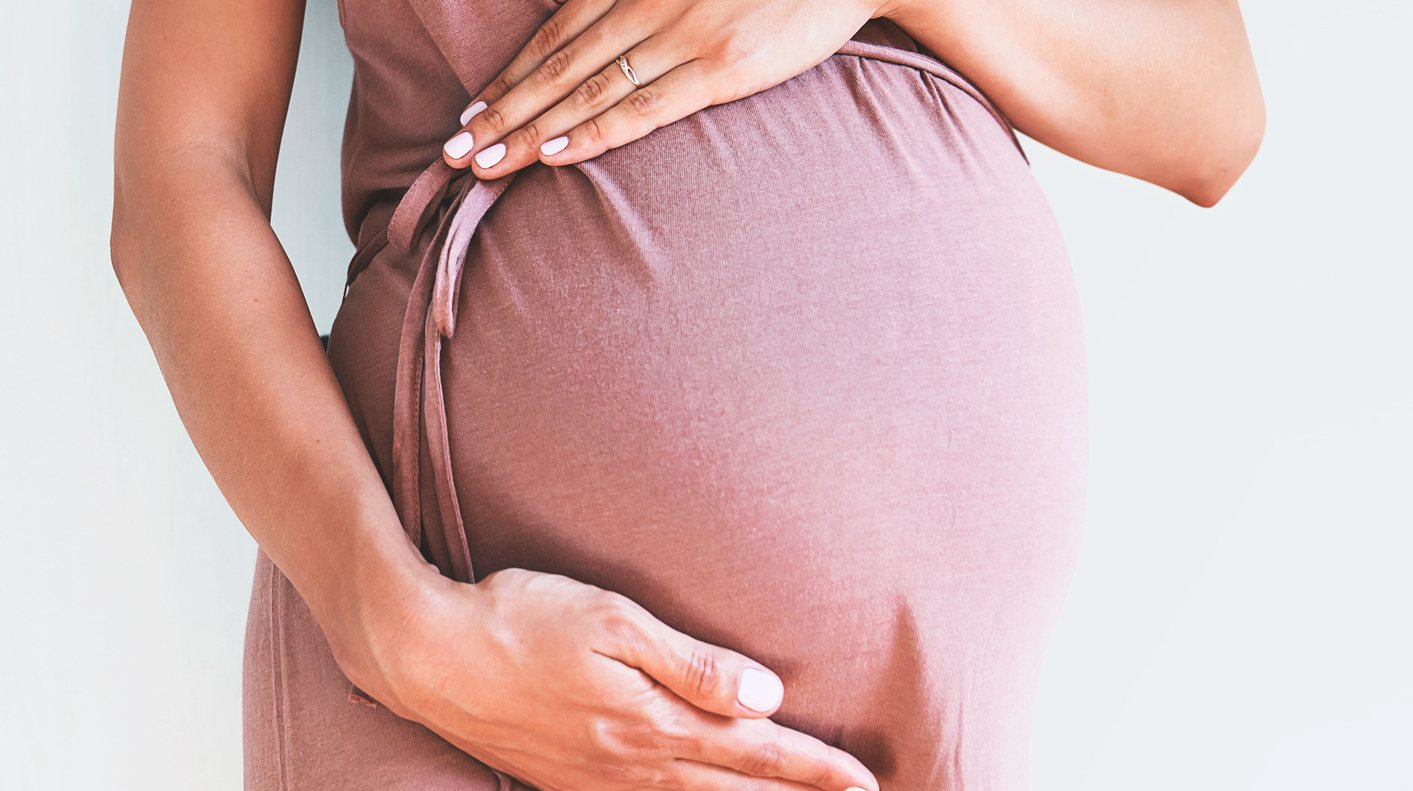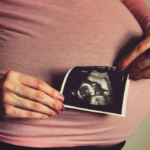Gabapentin (Neurontin) is now used in a wide variety of clinical settings — for the treatment of epilepsy, pain management, restless leg syndrome, anxiety, and sleep disturbance. However, there is relatively little information regarding its reproductive safety. We last reviewed this topic in 2015. At that point, the literature included 333 cases of prenatal gabapentin exposure. In that pooled sample, major malformations were reported in a total of 5 children, indicating an overall risk for major malformations of 1.5%.
Now we have even more data regarding the reproductive safety of gabapentin. Using data from the US Medicaid Analytic eXtract (MAX) dataset, Patorno and colleagues conducted a population-based study of 1,753,865 Medicaid-eligible pregnancies, examining the risk of major congenital malformations associated with gabapentin exposure during the first trimester.
A total of 4,642 pregnancies with first trimester gabapentin exposure were identified (mean age = 28 years; 69% white).The reference group consisted of 1,744,447 unexposed pregnancies (24 years; 40% white).
The adjusted relative risk (RR) for major malformations was 1.07 (95% CI 0.94-1.21, p = 0.33) and for cardiac defects 1.12 (0.89-1.40, p = 0.35). When they analyzed ?2 gabapentin dispensing, the RR increased to 1.40 (1.03-1.90, p = 0.03) for cardiac defects.
They also examined the risk for complications, including preeclampsia (PE), preterm birth (PTB), small for gestational age (SGA), and neonatal intensive care unit admission associated with gabapentin exposure early, late, or both early and late in pregnancy.
There was a higher risk of preterm birth among women exposed to gabapentin either late (RR=1.28 [CI 1.08-1.52], p < 0.01) or both early and late in pregnancy (RR=1.22 [1.09-1.36], p < 0.001) during pregnancy. There was a higher risk of SGA among women exposed to gabapentin early (1.17 [1.02-1.33], p = 0.02), late (1.39 [1.01-1.91], p = 0.05), or both early and late in pregnancy (RR, 1.32 [1.08-1.60], p < 0.01), and NICU admission among women exposed to gabapentin both early and late in pregnancy (RR, 1.35 [1.20-1.52], p < 0.001).
The Bottom Line
The findings of this large population-based study are consistent with previous studies, indicating no evidence of an association between gabapentin exposure during early pregnancy and overall risk of major malformations. There was a slightly higher risk of cardiac malformations (RR=1.40) when they restricted the analysis to women filling 2 or more prescriptions for gabapentin. While this indicates that gabapentin may be associated with a small increase in risk of cardiac defects, it is also possible, given a relative risk of this magnitude, that there may be confounding by indication. (We have seen this in studies of SSRIs and cardiovascular malformations.)
This study also observed that maternal use of gabapentin, particularly late in pregnancy, was associated with a small increase in risk for adverse outcomes, including preterm labor, small for gestational age, and NICU admissions. It should be noted that there is also an increased risk of these outcomes in women with depression and anxiety. In a study of this design, it is impossible to rule out the possibility that anxiety symptoms or other factors in the women treated with gabapentin may also contribute to risk for adverse outcomes.
All in all, the data looks reassuring.
Ruta Nonacs, MD PhD
Patorno E, Hernandez-Diaz S, Huybrechts KF, Desai RJ, Cohen JM, Mogun H, Bateman BT. Gabapentin in pregnancy and the risk of adverse neonatal and maternal outcomes: A population-based cohort study nested in the US Medicaid Analytic eXtract dataset. PLoS Med. 2020 Sep 1;17(9):e1003322. Free Article.









Thank you for the research and for publishing.